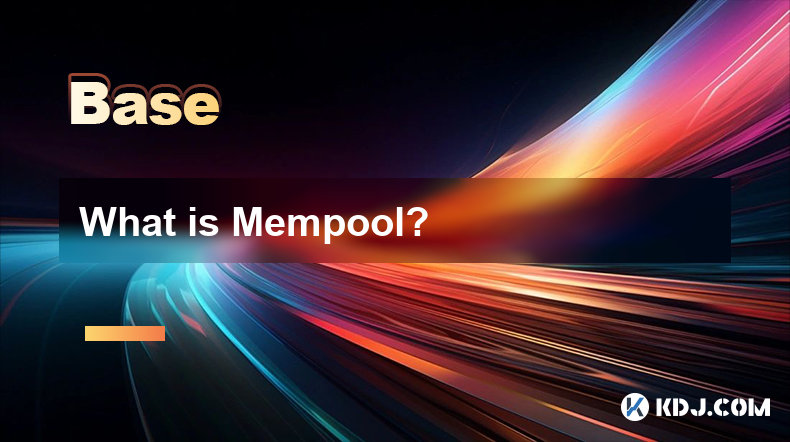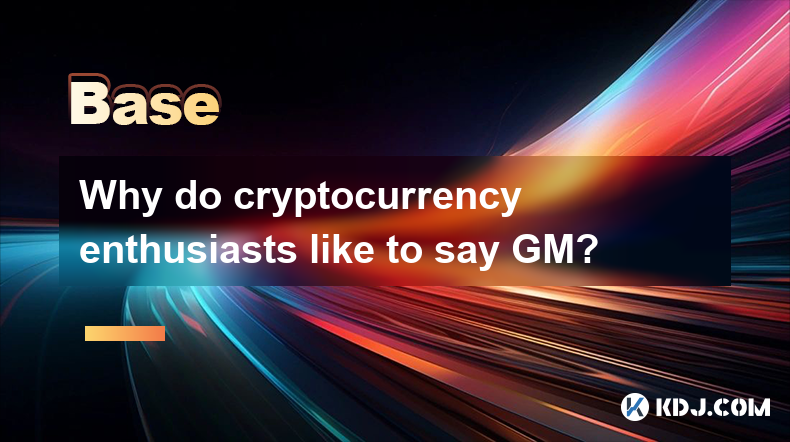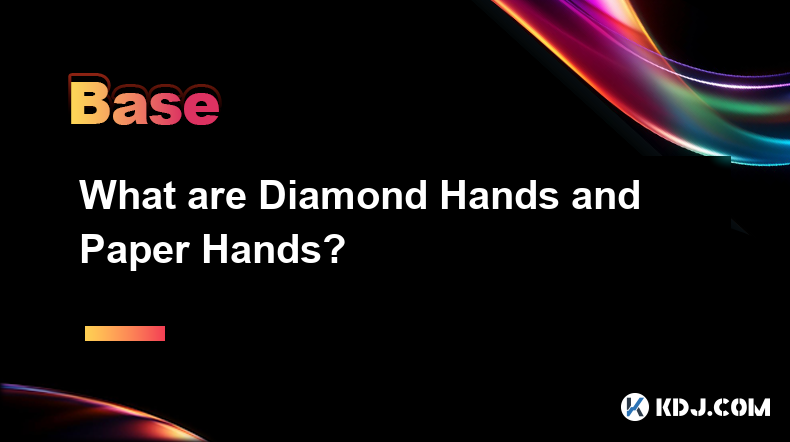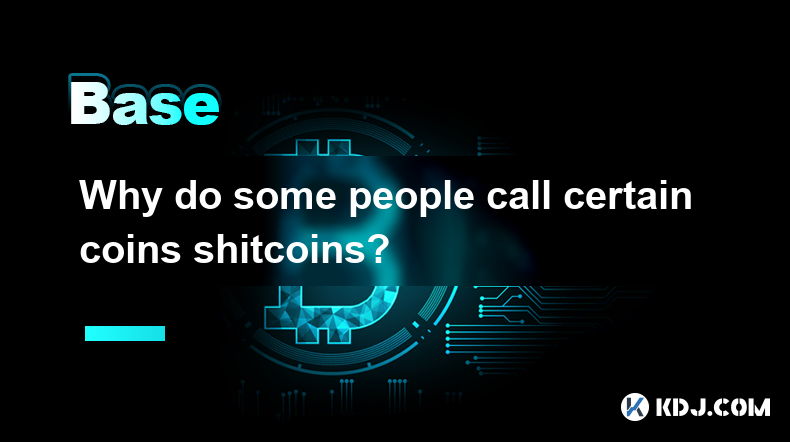-
 Bitcoin
Bitcoin $84,466.2500
0.42% -
 Ethereum
Ethereum $1,587.9768
-0.97% -
 Tether USDt
Tether USDt $1.0000
0.01% -
 XRP
XRP $2.1076
-0.65% -
 BNB
BNB $584.1833
0.18% -
 Solana
Solana $132.6379
3.33% -
 USDC
USDC $0.9999
0.00% -
 TRON
TRON $0.2494
-0.52% -
 Dogecoin
Dogecoin $0.1560
-0.05% -
 Cardano
Cardano $0.6164
-0.18% -
 UNUS SED LEO
UNUS SED LEO $9.4133
0.52% -
 Chainlink
Chainlink $12.4075
0.06% -
 Avalanche
Avalanche $18.9658
-2.33% -
 Stellar
Stellar $0.2381
-1.25% -
 Toncoin
Toncoin $2.8990
-1.27% -
 Shiba Inu
Shiba Inu $0.0...01190
0.89% -
 Sui
Sui $2.0687
-2.62% -
 Hedera
Hedera $0.1582
0.16% -
 Bitcoin Cash
Bitcoin Cash $322.6652
-0.36% -
 Litecoin
Litecoin $74.9870
-1.37% -
 Polkadot
Polkadot $3.5966
0.31% -
 Dai
Dai $1.0001
0.01% -
 Hyperliquid
Hyperliquid $16.0334
4.28% -
 Bitget Token
Bitget Token $4.3207
1.00% -
 Ethena USDe
Ethena USDe $0.9993
0.01% -
 Pi
Pi $0.6110
-5.61% -
 Monero
Monero $218.4228
1.86% -
 Uniswap
Uniswap $5.2001
-0.88% -
 OKB
OKB $51.6036
1.02% -
 Pepe
Pepe $0.0...07259
3.60%
What is Mempool?
Mempool is a temporary storage for unconfirmed Bitcoin transactions; miners prioritize them based on fees, impacting confirmation times and network congestion.
Apr 08, 2025 at 12:36 pm

What is Mempool?
In the world of cryptocurrencies, particularly Bitcoin, the term Mempool is frequently mentioned. But what exactly is a Mempool, and why is it important? A Mempool, short for memory pool, is a critical component of the blockchain network that serves as a temporary storage area for unconfirmed transactions. When a user initiates a transaction, it is broadcast to the network and enters the Mempool before being included in a block and added to the blockchain.
How Does a Mempool Work?
When a transaction is created, it is sent to the Bitcoin network where it is verified by nodes. These nodes check the transaction for validity, ensuring that the sender has the necessary funds and that the transaction adheres to the network's rules. Once verified, the transaction is added to the Mempool. Here, it waits until a miner selects it to be included in a new block. The Mempool acts as a queue, holding transactions until they can be processed and confirmed.
The Role of Miners in the Mempool
Miners play a crucial role in the operation of the Mempool. They select transactions from the Mempool to include in the blocks they are mining. Miners typically prioritize transactions based on the transaction fee attached to them. Higher fee transactions are more likely to be picked up quickly because miners are incentivized to maximize their revenue. This means that transactions with lower fees might spend more time in the Mempool before being confirmed.
Mempool Size and Network Congestion
The size of the Mempool can vary significantly depending on the level of network activity. During periods of high transaction volume, the Mempool can become congested, leading to longer wait times for transaction confirmation. A congested Mempool can result in higher fees as users compete to have their transactions processed more quickly. Conversely, during times of low activity, the Mempool may be nearly empty, allowing for quick and inexpensive transaction confirmations.
Mempool and Transaction Fees
Transaction fees are a critical aspect of the Mempool dynamics. When you send a Bitcoin transaction, you can specify a fee that you are willing to pay. This fee is an incentive for miners to include your transaction in a block. The fee you choose can significantly impact how quickly your transaction is processed. If you set a low fee, your transaction might linger in the Mempool for an extended period. On the other hand, setting a higher fee can expedite the process, ensuring your transaction is picked up by a miner more quickly.
Viewing and Managing the Mempool
For those interested in monitoring the Mempool, there are several tools and resources available. Websites like Blockchain.com and Mempool.space provide real-time data on the current state of the Mempool, including the number of unconfirmed transactions and the average transaction fee. These tools can be invaluable for users looking to optimize their transaction fees and understand the current network conditions.
- Visit Blockchain.com: Navigate to the "Mempool" section to see the current number of unconfirmed transactions and the average fee rate.
- Use Mempool.space: This site offers detailed insights into the Mempool, including transaction propagation and fee estimates.
The Impact of Mempool on Transaction Confirmation Times
The time it takes for a transaction to be confirmed can vary widely based on the state of the Mempool. During periods of high congestion, transactions can take hours or even days to be confirmed. This is because miners have a limited capacity for how many transactions they can include in each block. If the Mempool is overflowing with transactions, those with lower fees may be left waiting. Conversely, during times of low congestion, transactions can be confirmed in a matter of minutes.
Mempool and Blockchain Scalability
The Mempool is also a key factor in discussions about blockchain scalability. As the number of transactions on the network grows, the Mempool can become a bottleneck. Solutions like the Lightning Network aim to alleviate this pressure by processing transactions off-chain and only settling the final balances on the blockchain. This can help reduce the load on the Mempool and improve overall network efficiency.
Frequently Asked Questions
Q: Can transactions be removed from the Mempool?
A: Yes, transactions can be removed from the Mempool if they are deemed invalid or if they are replaced by a higher-fee transaction through a process called Replace-By-Fee (RBF). Additionally, if a transaction remains in the Mempool for an extended period without being included in a block, it may eventually be dropped.
Q: How can I check if my transaction is in the Mempool?
A: You can check the status of your transaction using a blockchain explorer like Blockchain.com or Mempool.space. Enter your transaction ID (TXID) into the search bar, and the explorer will show you whether your transaction is still in the Mempool or has been confirmed.
Q: Does the Mempool affect all cryptocurrencies?
A: While the concept of a Mempool is most commonly associated with Bitcoin, other cryptocurrencies that use similar consensus mechanisms, such as Bitcoin Cash and Litecoin, also have Mempools. However, the specifics can vary depending on the cryptocurrency's protocol and network conditions.
Q: Can I speed up a transaction that is stuck in the Mempool?
A: Yes, you can attempt to speed up a transaction by using the Replace-By-Fee (RBF) feature if it was enabled when you created the transaction. This allows you to rebroadcast the transaction with a higher fee, increasing the likelihood that a miner will pick it up. Alternatively, you can use a Child-Pays-For-Parent (CPFP) transaction, where you create a new transaction that spends the outputs of the stuck transaction and includes a higher fee.
Disclaimer:info@kdj.com
The information provided is not trading advice. kdj.com does not assume any responsibility for any investments made based on the information provided in this article. Cryptocurrencies are highly volatile and it is highly recommended that you invest with caution after thorough research!
If you believe that the content used on this website infringes your copyright, please contact us immediately (info@kdj.com) and we will delete it promptly.
- A DOGE Whale Has Drawn the Crypto Community's Attention Following a Recent Transfer Involving Millions of the Meme Coin
- 2025-04-17 05:40:19
- Fartcoin (FARTS) Price Has Pumped More Than 12% in the Past 24 Hours as Whales Continue Buying the Dip
- 2025-04-17 05:40:19
- Qubetics Hits $16.1M – The Best Crypto to Buy Right Now in 2025 as Bitcoin and Stellar Rally
- 2025-04-17 05:35:13
- Russia Should Be Eyeing Its Own Fiat-Backed Stablecoins
- 2025-04-17 05:35:13
- XploraDEX $XPL Presale Has Officially Entered Its Most Explosive Phase Yet
- 2025-04-17 05:30:13
- AI Predicts: What Will 2,000 Stellar (XLM) Tokens Be Worth by End of 2025?
- 2025-04-17 05:30:13
Related knowledge

What does Floor Price mean in the NFT market
Apr 17,2025 at 12:42am
The term Floor Price is a critical concept within the NFT (Non-Fungible Token) market, serving as a key indicator for both buyers and sellers. In essence, the floor price represents the lowest price at which an NFT from a particular collection is currently listed for sale on a marketplace. This price point is crucial for understanding the perceived valu...

What is Alpha? How to find Alpha opportunities?
Apr 16,2025 at 12:42pm
What is Alpha?Alpha is a term widely used in the financial world, including the cryptocurrency market, to describe the ability of an investment to outperform a benchmark. In the context of cryptocurrencies, alpha refers to the excess return an investor achieves over the market's average return. For example, if the overall crypto market grows by 10% in a...

Why do cryptocurrency enthusiasts like to say GM?
Apr 16,2025 at 06:21am
In the world of cryptocurrency, the term 'GM' has become a popular greeting among enthusiasts. GM stands for 'Good Morning,' and its widespread use within the crypto community has a deeper significance than just a simple greeting. This article delves into the reasons why cryptocurrency enthusiasts like to say GM, exploring its origins, cultural signific...

What do WAGMI and NGMI mean?
Apr 16,2025 at 08:08pm
In the world of cryptocurrency, you might often come across the acronyms WAGMI and NGMI. These terms have become part of the crypto slang and are frequently used in discussions, tweets, and forums related to digital currencies. Let's delve into what these terms mean, their origins, and how they are used within the crypto community. Understanding WAGMIWA...

What are Diamond Hands and Paper Hands?
Apr 16,2025 at 10:42am
In the world of cryptocurrencies, the terms Diamond Hands and Paper Hands are frequently used to describe the behavior and mindset of investors, particularly in volatile markets. These terms originated from online communities and have become a significant part of the crypto lexicon, often used to describe the level of resilience and commitment an invest...

Why do some people call certain coins shitcoins?
Apr 17,2025 at 03:21am
Understanding the Term 'Shitcoin'The term 'shitcoin' is a colloquialism within the cryptocurrency community that is used to describe cryptocurrencies that are perceived as having little to no value or potential. It is a derogatory term, often used to express disdain or skepticism about the viability of certain digital assets. The use of 'shitcoin' is su...

What does Floor Price mean in the NFT market
Apr 17,2025 at 12:42am
The term Floor Price is a critical concept within the NFT (Non-Fungible Token) market, serving as a key indicator for both buyers and sellers. In essence, the floor price represents the lowest price at which an NFT from a particular collection is currently listed for sale on a marketplace. This price point is crucial for understanding the perceived valu...

What is Alpha? How to find Alpha opportunities?
Apr 16,2025 at 12:42pm
What is Alpha?Alpha is a term widely used in the financial world, including the cryptocurrency market, to describe the ability of an investment to outperform a benchmark. In the context of cryptocurrencies, alpha refers to the excess return an investor achieves over the market's average return. For example, if the overall crypto market grows by 10% in a...

Why do cryptocurrency enthusiasts like to say GM?
Apr 16,2025 at 06:21am
In the world of cryptocurrency, the term 'GM' has become a popular greeting among enthusiasts. GM stands for 'Good Morning,' and its widespread use within the crypto community has a deeper significance than just a simple greeting. This article delves into the reasons why cryptocurrency enthusiasts like to say GM, exploring its origins, cultural signific...

What do WAGMI and NGMI mean?
Apr 16,2025 at 08:08pm
In the world of cryptocurrency, you might often come across the acronyms WAGMI and NGMI. These terms have become part of the crypto slang and are frequently used in discussions, tweets, and forums related to digital currencies. Let's delve into what these terms mean, their origins, and how they are used within the crypto community. Understanding WAGMIWA...

What are Diamond Hands and Paper Hands?
Apr 16,2025 at 10:42am
In the world of cryptocurrencies, the terms Diamond Hands and Paper Hands are frequently used to describe the behavior and mindset of investors, particularly in volatile markets. These terms originated from online communities and have become a significant part of the crypto lexicon, often used to describe the level of resilience and commitment an invest...

Why do some people call certain coins shitcoins?
Apr 17,2025 at 03:21am
Understanding the Term 'Shitcoin'The term 'shitcoin' is a colloquialism within the cryptocurrency community that is used to describe cryptocurrencies that are perceived as having little to no value or potential. It is a derogatory term, often used to express disdain or skepticism about the viability of certain digital assets. The use of 'shitcoin' is su...
See all articles























































































